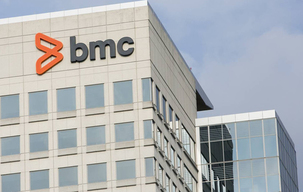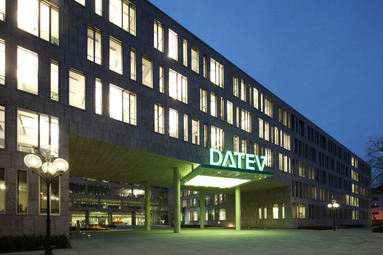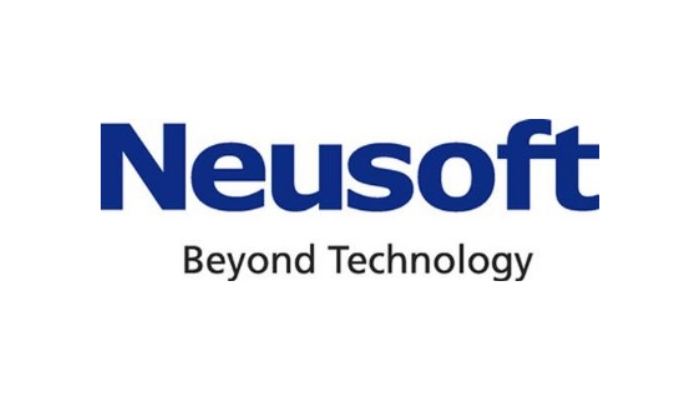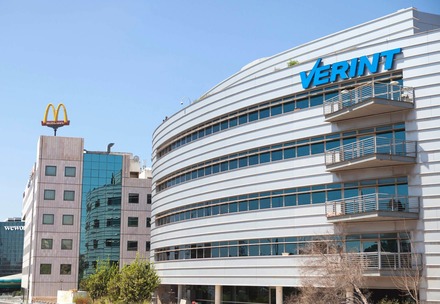Asana – The Makers Of Simplified Management Tools To Help Companies Focus On Their Goals.
Small or big, goals are necessary for every type of growth, be it personal growth or growth as a big company. To achieve these goals, one needs to have a system or discipline that would help manage the tasks required to be fulfilled for those goals. The idea behind founding Asana has been the same. The company was founded to provide companies with software and web applications that would help them reduce the complexity of managing their teams, daily tasks, etc. so that they can achieve their targets (small or big) with lesser efforts and in time. The applications by Asana do not only help companies manage their teams and tasks, but also help the employees increase their productivity.
About Asana
Asana is a task management and productivity software development company founded in 2008. Dustin Moskovitz and Justin Rosenstein founded the company to reduce the complexity of daily office work for the companies so that they can focus on the major part of the work. Asana is a Sanskrit word that means Yoga pose. The company headquarters is based in San Francisco, California, US and offers services to its clients globally. The software and applications by Asana include tasks like organizing and managing daily office work, managing the teams, and tracking the progress. Apart from web applications and software, Asana also provides API integration to third-party applications. Gmail, Outlook, Google Drive, Dropbox, and Slack are some of those applications with Asana API integrations.
As of 2019, around 1000 people are working at Asana, and it made annual revenues worth $142.2 million in the same year. The company is publically traded, trading on New York Stock Exchange as ASAN.
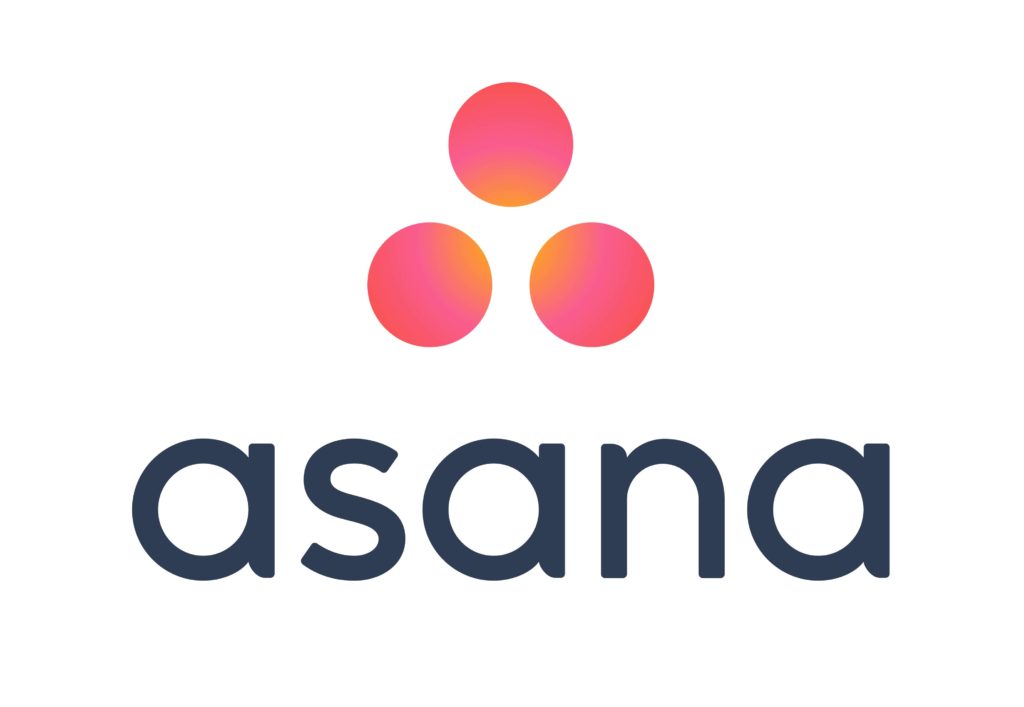
The Company History
Dustin Moskovitz and Justin Rosenstein were working together at Facebook in its beginning years. The two worked on improving the productivity of the Facebook employees, as CTO and the engineer manager, respectively. In 2008, the two left their jobs at Facebook to establish Asana. The company launched the beta version of their software in 2011 and offered it for free to companies. Later in 2012, Asana released the software for commercial use. The software from Asana is to manage the collaboration of the employees and daily tasks. It is a software-as-a-service that provides multiple features helpful for companies to handle their projects and their teams.
In 2013, Asana launched another software named Organizations providing administration tools for companies. The next year, the company released Calendar View for iOS and the Android app for the same came in 2015, including team conversations feature. By the next year, Company had added more features to its software like team management, member management, status updates, task dependencies, custom fields, Boards, pre-made project templates, and security features, etc.
Asana partnered with Microsoft in 2017 and integrated its features into Microsoft Teams. The same year, Gmail also integrated some Asana features into it, resulting in the release of comment-only projects. Asana also released its versions in French, German, Spanish, and Portuguese in 2017 and 2018. CSV importer and Timeline came in 2018. In 2021, Asana launched a special app for Zoom as well as a new Enterprise Work Graph suite.
Though Asana is not a very old company, it has been successful in bagging contracts and partnerships from big names like Google, Slack, Wufoo, Okta, Uber, Zoom, IBM, eBay, and Microsoft, and over 100,000 other paying customers. The company has won a few recognitions, like “one of the best collaboration and productivity apps for teams” by PC Magazine in 2017 and “one of the Best Workplaces for Parents” by Great Place to Work in 2020.
The Founder/CEO
Dustin Aaron Moskovitz is one of the co-founders and the present CEO of Asana. He was born on 22 May 1984 in Gainesville, Florida, U.S. Moskovitz went to the Vanguard High School and joined Harvard University to pursue a graduate degree with an economics major. He was one of the four roommates with Mark Zuckerberg at the university. So when Zuckerberg decided to drop from college to work on a Facebook full time, Moskovitz too joined in and moved to Palo Alto with him. Moskovitz was the first CTO at Facebook and spent four years at the company. In 2008, he, along with Justin Rosenstein, left Facebook and started Asana. Moskovitz became the first CEO of Asana and is still serving the company as the CEO.

Yashica is a Software Engineer turned Content Writer, who loves to write on social causes and expertise in writing technical stuff. She loves to watch movies and explore new places. She believes that you need to live once before you die. So experimenting with her life and career choices, she is trying to live her life to the fullest.
